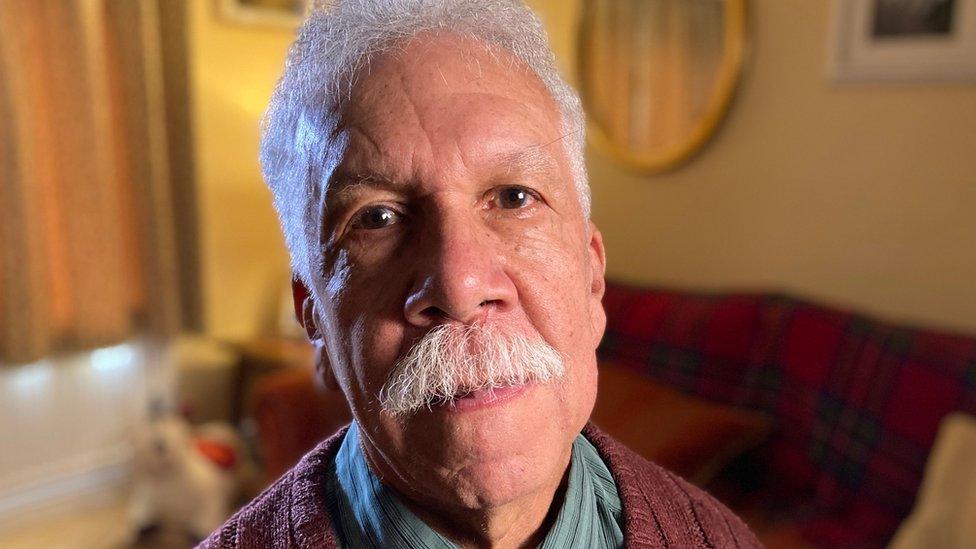'I remember seeing US fighter plane crash in 1945'
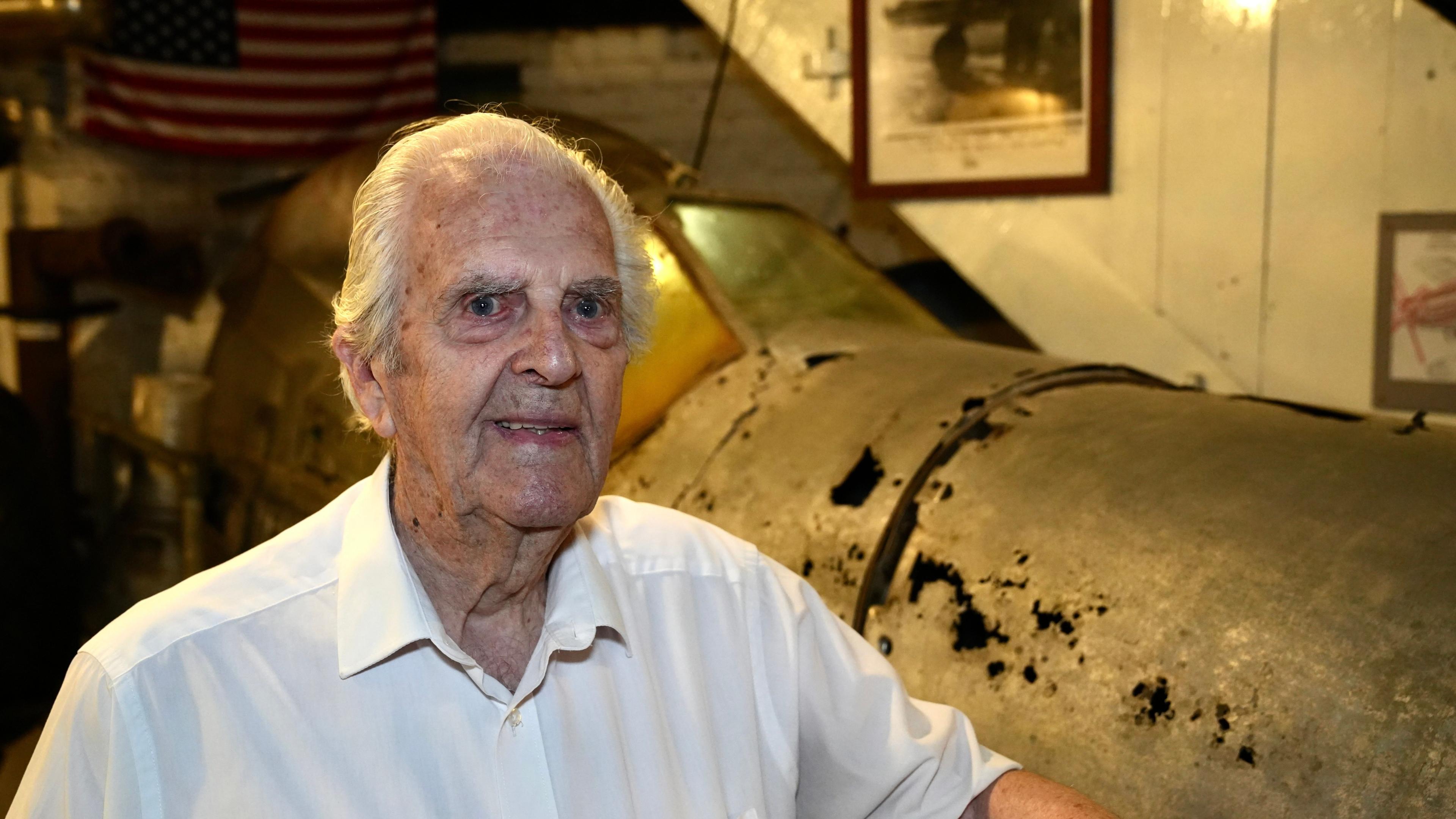
Albert Scott was 13 when he saw a Mustang fighter crash near Clacton
- Published
A man who saw a fighter plane crash off the coast during World War Two says it is "beautiful" that an aircraft of the same type will fly at the Clacton Airshow.
This year's display marks 80 years since the Mustang known as Little Zippie plunged into the sea near the town.
The pilot, an American named Raymond King, died from the freezing temperatures and was later awarded the Purple Heart, external.
Albert Scott, 93, who witnessed the crash, says seeing a Mustang fighter fly will remind people of the valuable role they played in the 1939-45 conflict.

Little Zippie was one of 12 P-51 Mustangs in the 479th Fighter Group based at Wattisham Airfield in Suffolk
The role played by long-range P-51 Mustang fighters in the war was invaluable.
The aircraft was a high-performance, high-altitude, long-range fighter that could escort heavy bomber formations all the way to Berlin and back.
It is also estimated that nearly 5,000 enemy aircraft were destroyed by Mustang fighters, both on the ground and in the air during the conflict.
On 13 January 1945, Flight Officer King was flying Little Zippy on a mission over Europe.
On the way back to Wattisham airbase in Suffolk, he experienced engine failure and the aircraft plunged into the sea 800 yards off the coast.
He was rescued but the freezing temperatures of the water meant he died of hypothermia.

Following his death, the pilot Raymond King was awarded the Purple Heart for his contributions during the war
Mr Scott, who was 13 at the time, says he will never forget seeing the accident.
He went on to join the Royal Air Force and traced the US pilot's family.
He remains friends with Flight Officer King's relatives to this day, even visiting them in the US twice.
"It is nice to be in touch with the relatives of the man who really earned [the Purple Heart]," he said.
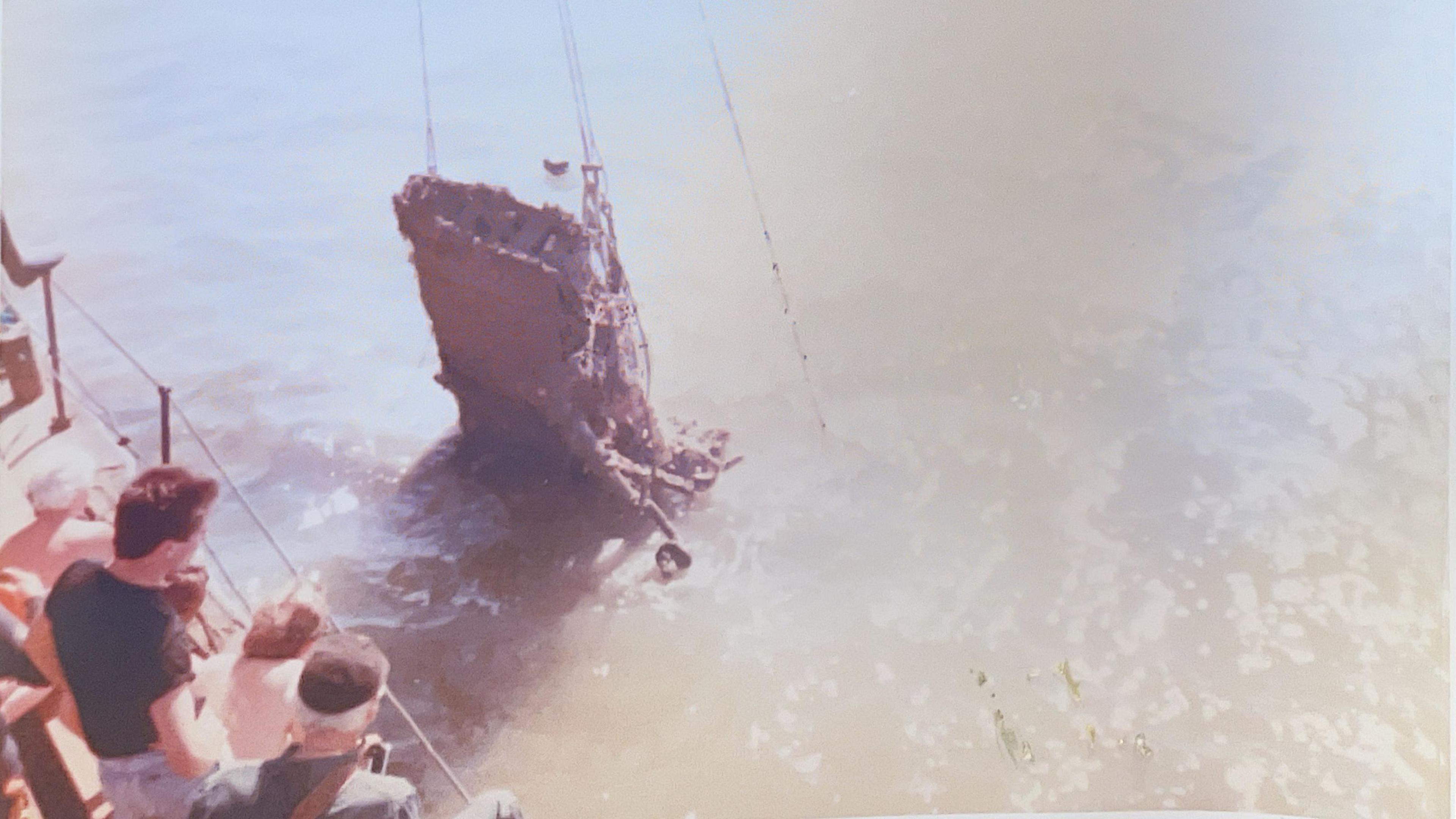
Little Zippie laid on the seabed until 1987 when it was pulled up
This year's Clacton Airshow is marking 80 years since the end of the war, and that accident at sea.
Alongside the Red Arrows and Battle of Britain Memorial Flight, a different Mustang, similar to Little Zippie, will fly overheard in tribute.
Mr Scott said the noise it will make is similar to that of a Spitfire.
"It can raise the hairs on the back of people's necks," he said.
"Seeing these old prop jobs [is] beautiful."
However, Mr Scott said that he would not be able to attend this year's airshow for family reasons.

The wreckage of Little Zippie is on display at East Essex Aviation Museum
Get in touch
Do you have a story suggestion for Essex?
Follow Essex news on BBC Sounds, Facebook, external, Instagram, external and X, external.
More stories of interest
- Published19 August
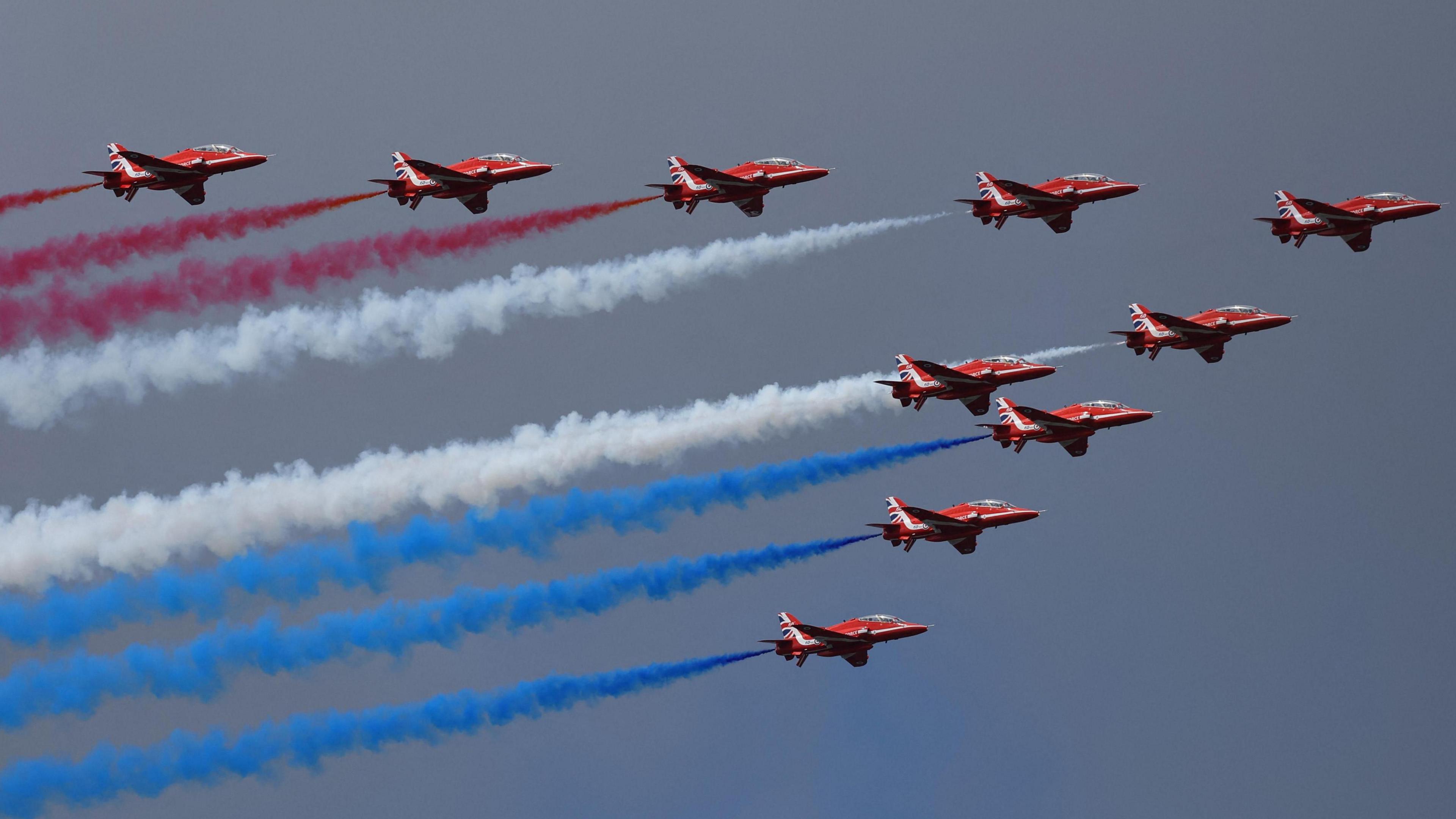
- Published24 April
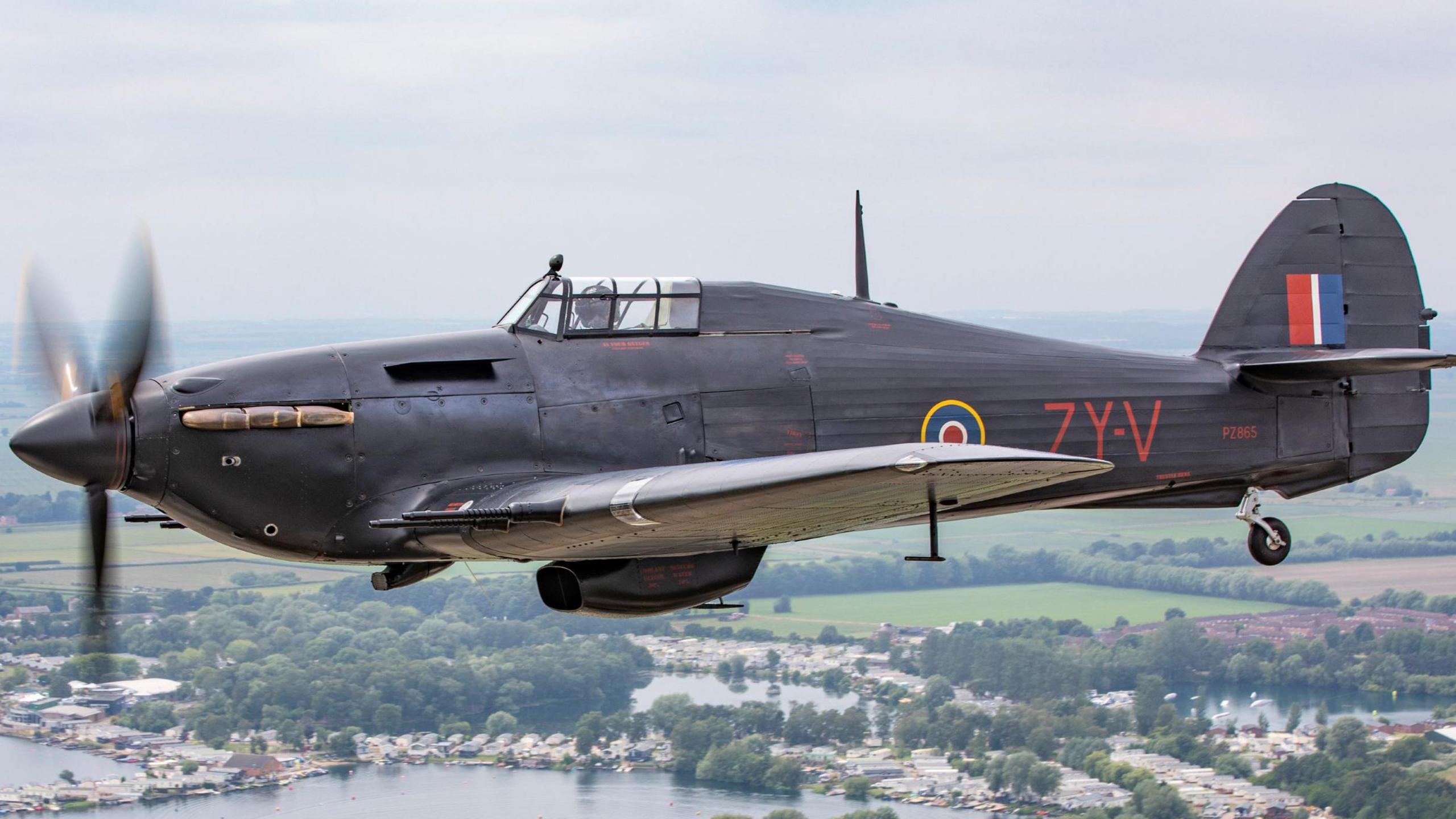
- Published4 April
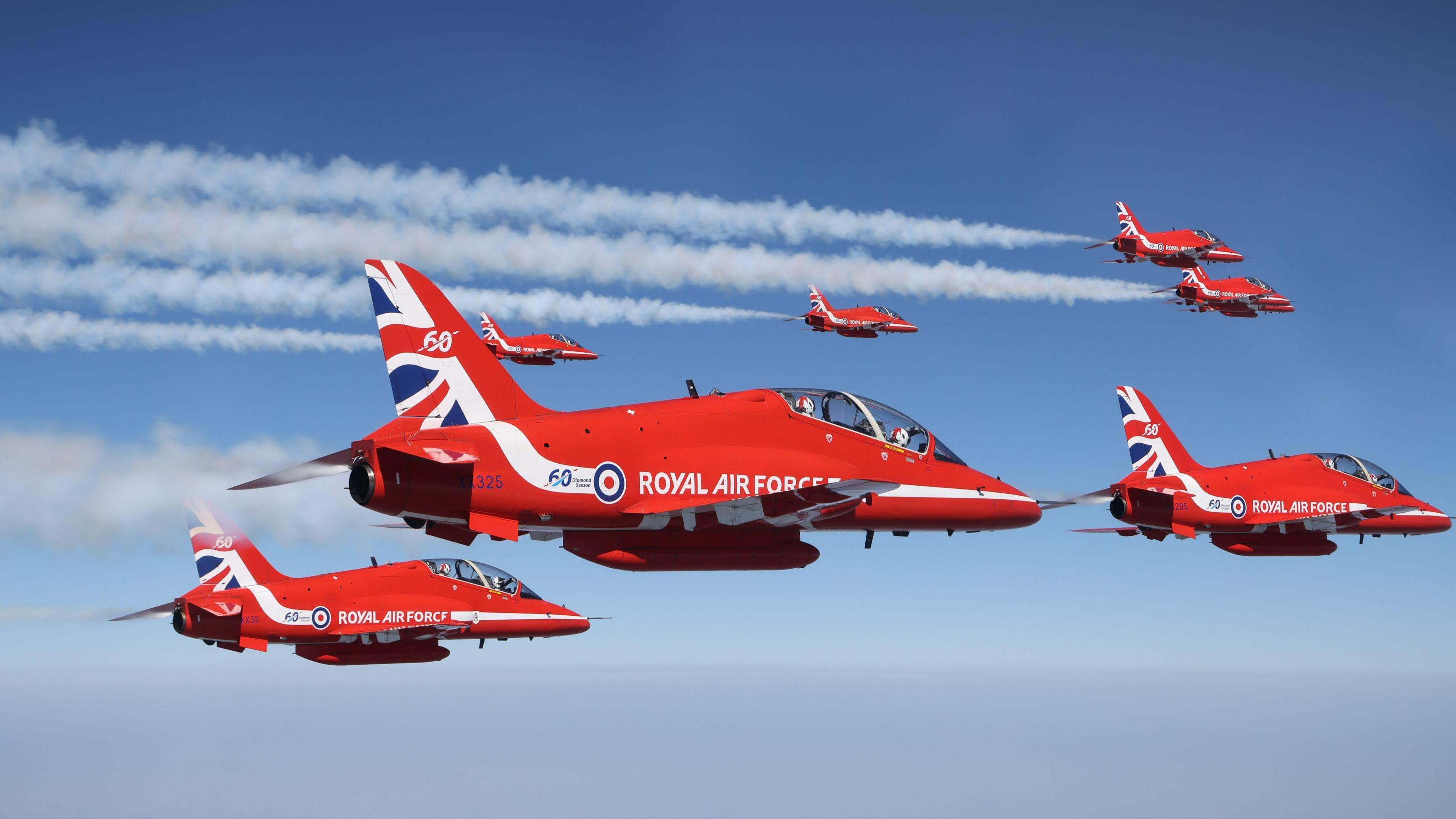
- Published26 January 2024
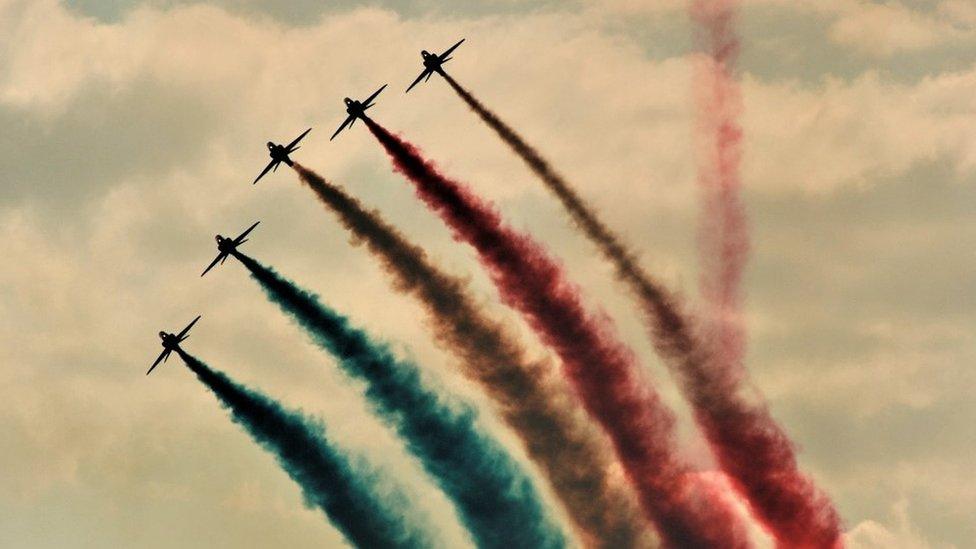
- Published30 January 2022
